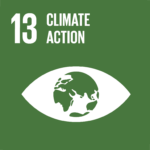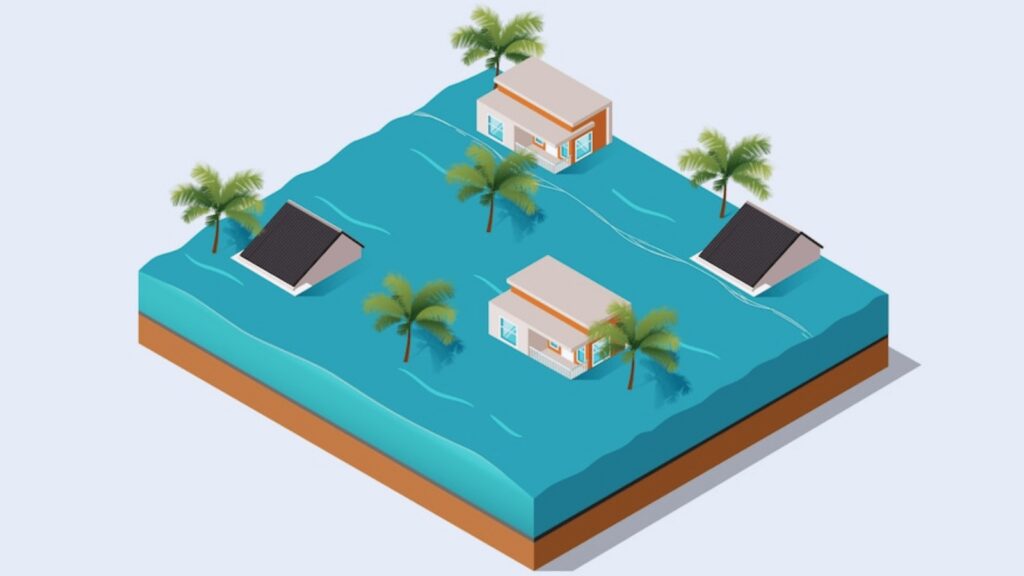Floods affect more people around the world than any other hazard and therefore undermine countries’ progress towards reaching the SDGs in a lot of ways.
Lack of flood resilience can undermine or even undo progress towards the Sustainable Development Goals (SDGs). Disaster risk reduction and sustainable development are closely linked and interdependent. The short video from UNISDR below gives a nice introduction to how the Sendai Framework for Disaster Risk Reduction interlinks with the Sustainable Development Goals.
RELEVANT SUSTAINABLE GOALS



Floods affect more people around the world than any other hazard and therefore undermine countries’ progress towards reaching the SDGs in a lot of ways.
Achieving the SDGs will require a radical rethink of how we look at risks, including climate change impacts. More investments in disaster risk reduction (DRR), climate change adaptation, and climate smart, risk informed development are urgently needed.
Without this, development gains are at risk of being lost in future disaster events. Any policies and strategies that national governments develop to achieve the SDGs must also incorporate climate smart, resilience thinking for floods and other hazards.
By incorporating resilient, climate-smart thinking into disaster risk management, climate change adaption, and development agendas, countries and donors can ensure that the SDGs are not undercut by the impacts of floods.
When developing policies to achieve the SDGs national governments must also incorporate climate smart, resilience thinking for floods and other hazards. Otherwise any progress risks being undermined by disaster.

You can find out more about how floods are undermining progress towards the SDGs in the blogs No sustainable development without flood resilience and Let’s end this era of broken promises on climate change and water, to enable the Sustainable Development Goals.
The Zurich Flood Resilience Alliance (the Alliance) is a multi-sectoral partnership focusing on finding practical ways to support communities in developed and developing countries strengthen their resilience to flood risk. The Alliance consists of humanitarian, NGO, research, and private sector partners who work together to increase public and private investment in evidence-informed community-based flood resilience.
You may also be interested in :
Going With The Flow : The Relationship Between Water and Migration



